
Overview
In the aftermath of World War II, the public started hearing more about organized crime and its corrosive influence in communities across America. Business and political leaders demanded action. A freshman U.S. senator from Tennessee, Estes Kefauver, seized the opportunity. In 1950 and 1951, he chaired a Senate committee charged with investigating organized crime and exposing its corruption of public institutions. The Kefauver Committee held hearings in 14 cities across the country, including one in the courtroom of this building. The Kefauver hearings confirmed the existence of a national crime syndicate and revealed lax enforcement.
Gallery
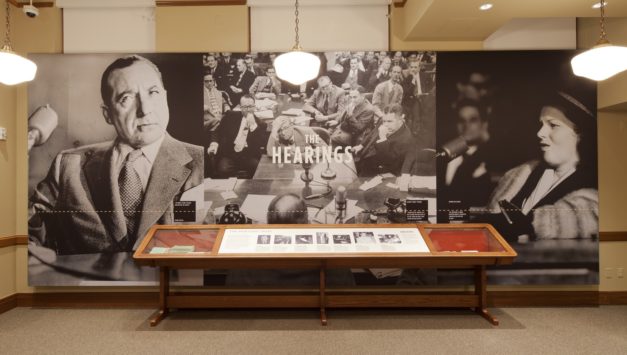
The Kefauver hearings exposed Americans to many figures in organized crime, including Frank Costello and Bugsy Siegel’s former girlfriend, Virginia Hill.
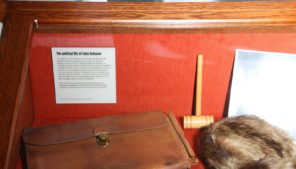
This is Estes Kefauver’s briefcase from his days as a congressman and senator representing Tennessee.
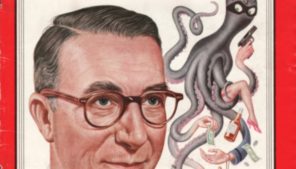
Senator Estes Kefauver’s role in the hearings led to a boost in popularity and national attention, including this Time magazine cover.
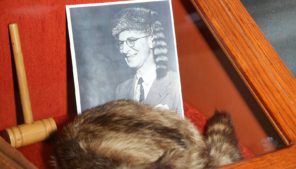
While running for U.S. Senate in 1948, Estes Kefauver’s opponent accused him of being a “raccoon-like Communist puppet.” Kefauver adopted this cap and embraced it as his signature look. He responded that he may be a pet coon but he’s not his opponent’s pet coon.
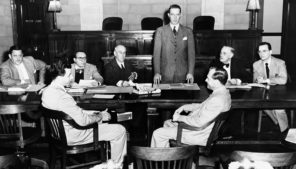
The United States Senate Special Committee to Investigate Crime in Interstate Commerce became known as the Kefauver Committee, with Estes Kefauver serving as chair and championing a crackdown on organized crime.
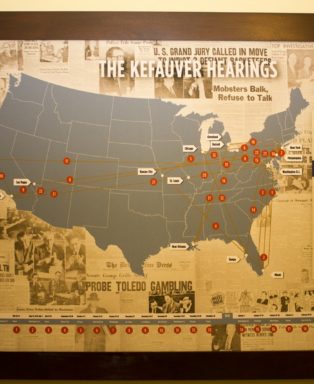
The United States Senate Special Committee to Investigate Crime in Interstate Commerce traveled across the country in 1950 and 1951, holding hearings in many cities to expose organized crime.
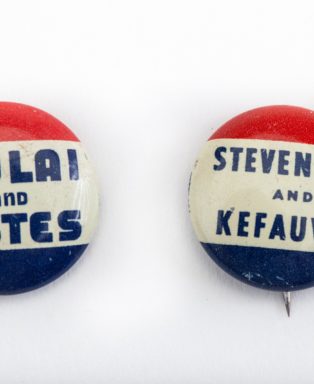
In 1956, Estes Kefauver was the running mate for presidential candidate Adlai Stevenson. They lost to Dwight Eisenhower and Richard Nixon.

Tennessee Senator Estes Kefauver ran to be the Democratic nominee for president. He narrowly lost and was the vice presidential candidate alongside Adlai Stevenson.

The Kefauver hearings were televised, bringing organized crime into the living rooms of many Americans for the first time.
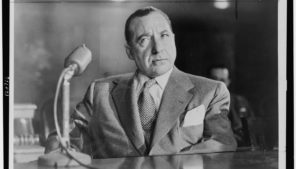
In 1951, Frank Costello was subpoenaed to appear before the Kefauver Committee.















